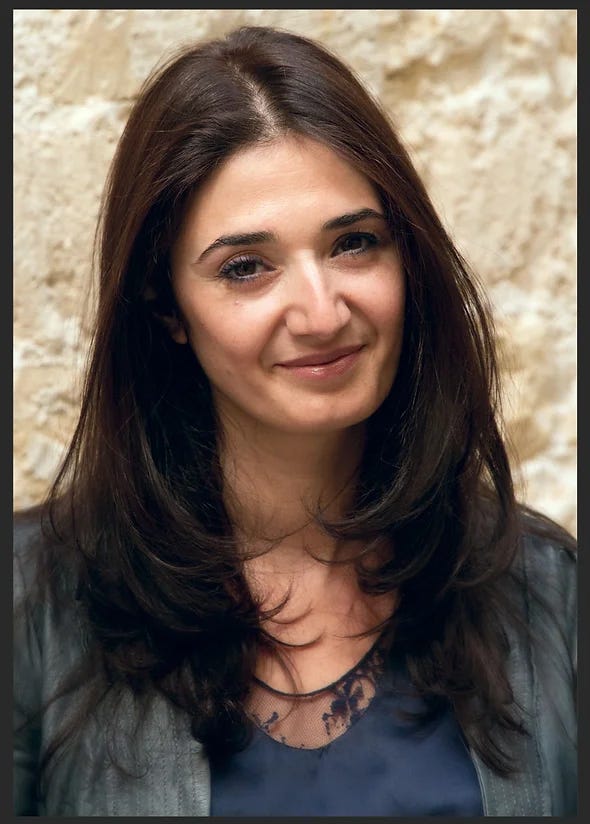Mahsa Amini, Iran and Hanieh Delecroix
We spoke with French-Iranian artist Hanieh Delecroix about her initiative to support the Iranian people. Share this article with the hashtag #MahsaAmini
Hanieh Delecroix, you are a celebrated artist, renowned for your ability to seamlessly blend the colors blue, white and black in your work. Additionally, your assertive intellectual discourse on human fragility, likely stemming from your academic background in psychology and childhood traumas, has garnered attention. As a French-Iranian individual, rece…
Keep reading with a 7-day free trial
Subscribe to MuseumWeek Magazine to keep reading this post and get 7 days of free access to the full post archives.




